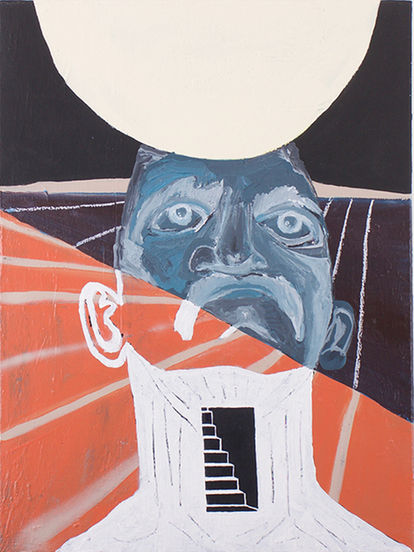Cathartic Daydream
This collection grapples with worsening impacts of humans on our ecosystems, bearing witness to a range of psychological responses to climate change. The series grew from the act of painting as healing in order to restore mental health and promote reciprocity with our planet.
Each painting uses symbols, narratives, and techniques to confront the viewer with a mysterious and evocative landscape, compelling them to interrogate their own relationships to our animate and inanimate neighbours. Gritty and often thickly applied dystopian colours sit adjacent to thinly-painted luminescent palettes in chromatic contrast. The pieces develop narratives of denial, distraction, confrontation, and conflict, while simultaneously introducing themes of harmony, hope, resilience, and resolve. Symbols of light prompt the viewer to find and embed their own optimism into each piece.
This collection was created over the last three years during a time of personal turmoil and uncertainty. The medium served as an outlet for relief and restoration, as well as a method of re-connecting to the natural world. Through listening and learning from natural spaces, the shapes and colours seen in the series slowly emerged. As the paintings evolved, the studio became a place to translate daydreams, conceptual research, and conversations about the future into an ongoing cathartic process that has been both humbling and galvanising.
Books that inspired CATHARTIC DAYDREAM
-
On Revolution, Hannah Arendt
-
Braiding Sweetgrass, Robin Wall Kimmerer
-
The Age of Surveillance Capitalism, Shoshana Zuboff
-
The Lonely Century, Noreena Hertz
-
The Fire Next Time, James Baldwin
-
The Power of the Powerless, Vaclav Havel
-
My Conversations with Canadians, Lee Maracle
-
Slaughterhouse-Five, Kurt Vonnegut
-
The Captive Mind, Czesław Miłosz











